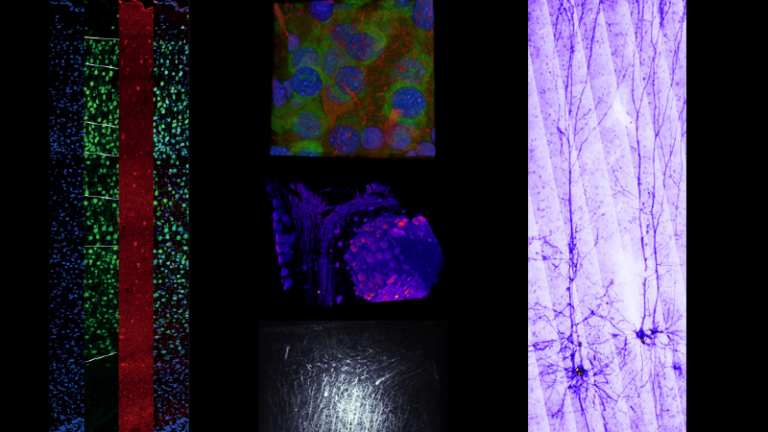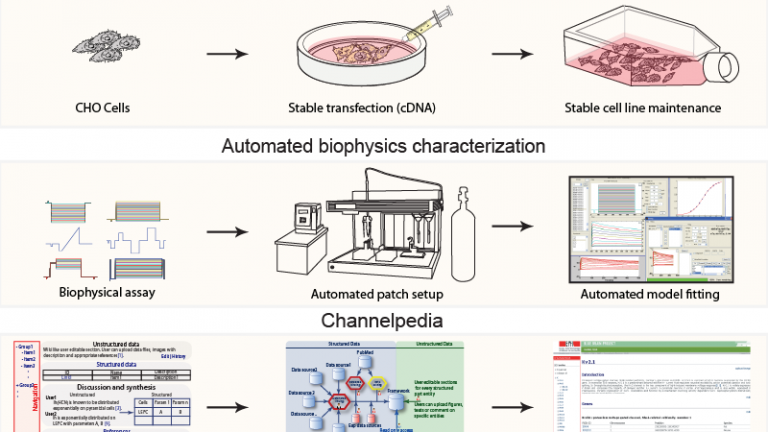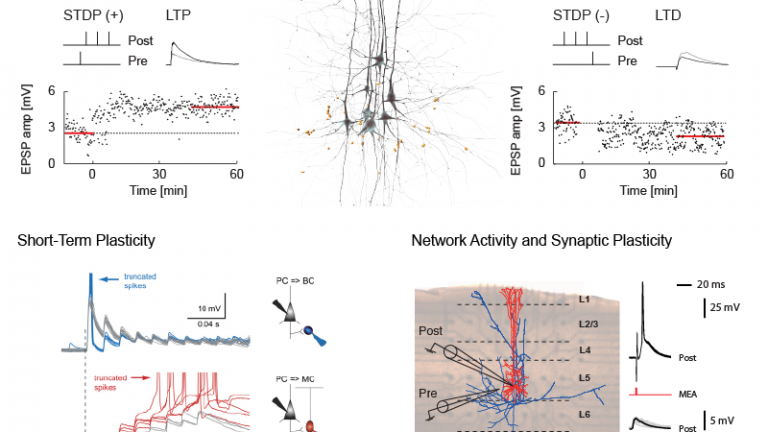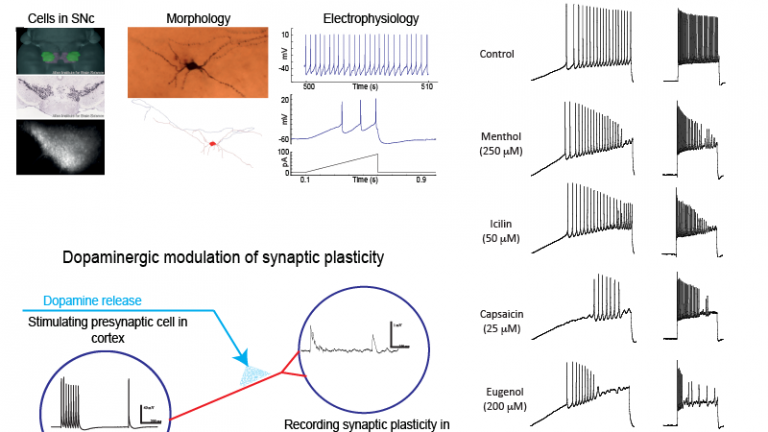
The LNMC has always been in the forefront in electrophysiological characterization and classification of cortical neurons. We use up to 12 multi-patch clamp setups to study the individual neuronal properties and quantify the principles of local connectivity between these neurons (microcircuits). We are also further exploring the role of other brain components in neuronal activity, such as how astrocytes affect neuronal circuits.

Using 3D reconstructions of neurons our goal is to map: 1) the complete set of cortical neuron morphologies, 2) the relative composition of cortical neuron subtypes, and 3) the long range projections between cortical microcircuits and other brain structures. 4) The morphology and architectural relationships between neurons, glia and vasculature


